Announcing the Spring 2022 Development Fund Awards
April 18, 2022 • 8 minute read
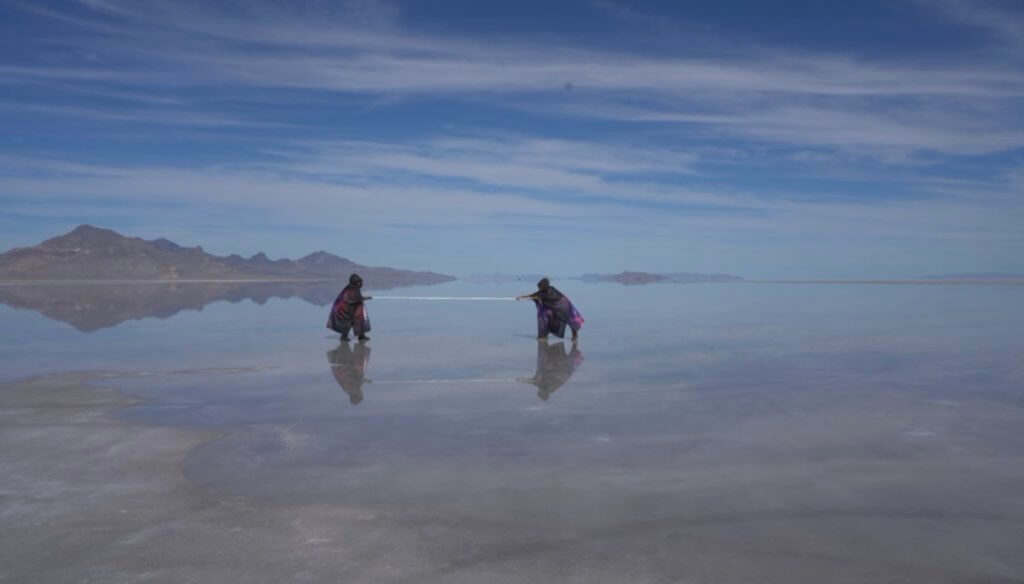
The National Performance Network (NPN) is pleased to announce we are awarding $110,000 and leveraging more than $224,000 through the Spring 2022 Development Fund to further support twelve Creation Fund projects.
The Development Fund, which is phase 2 of NPN’s Creation & Development Fund (CDF), helps offset managerial, artistic, or technical needs when developing a work. These needs can include supporting technical residencies, building or deepening community engagement, relationship building, storytelling, or studio time to adapt a work for travel.
NPN’s approach to artistic support is built on the notions of partnership and long-term relationship building. NPN actively strives to expand the capacities and connectivity of its constituents. The Development Fund is structured to maximize these goals. Artists can apply independently or as a team with a co-commissioner of their choosing, depending on the needs of the project.
The next Development Fund deadline will be September 23, 2022.
The Creation and Development Fund is made possible with support from the Doris Duke Foundation, the Mellon Foundation, and the National Endowment for the Arts (a federal agency).
Spring 2022 Development Fund Recipients
Due to the pandemic, projects descriptions and timelines may shift.
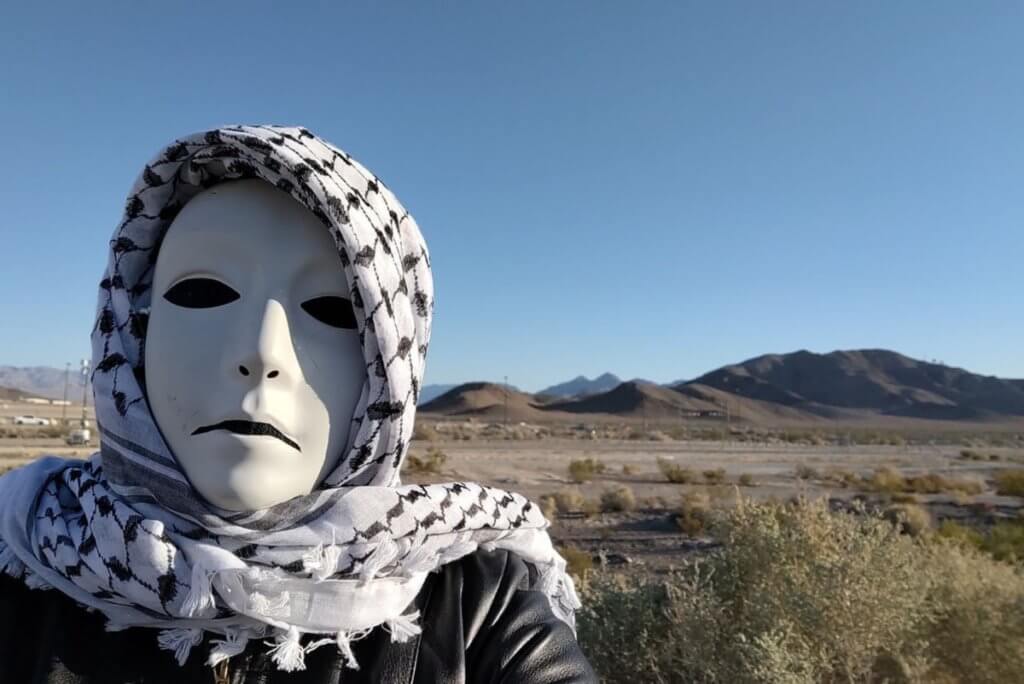
Andrea Assaf (Tampa, FL) — DRONE
Co-commissioning partner: Art2Action (Tampa, FL)
DRONE is a transmedia theatre project integrating live music, drone technology, and artistic containers for public dialogue. It explores the drone as a metaphor for how we become desensitized to daily violence, both domestic and global, and the effects of remote-control warfare on the human soul. The finished work will include a theatre production, an interactive online platform or app, and a process model for community dialogue and engagement. Development Funds will support a nine-day residency bringing ensemble members and designers together to explore how projection technology can interact with the movement score, and how set design, projections, and choreography will work together.
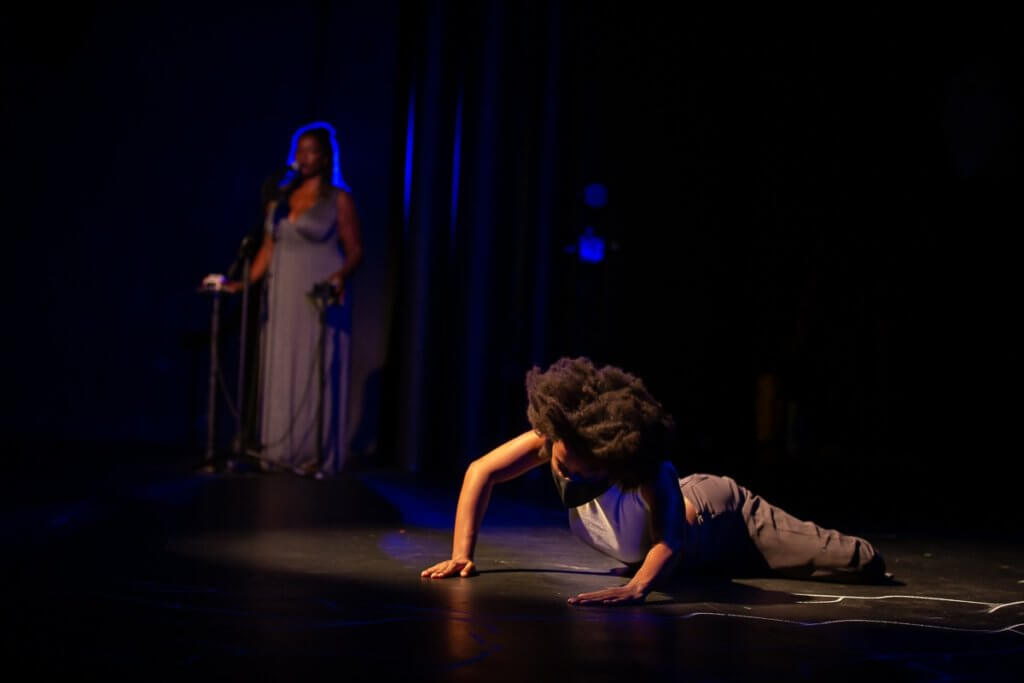
Renee Benson and Vagabond Inventions (New Orleans, LA) – Requiem for a Stranger
Co-commissioning partner: The Foundry (Weststockbridge, MA)
Requiem for a Stranger is an expansive work of music, movement-theater, and community healing events called “Gorgeous Offerings” created by physical theater company Vagabond Inventions and singer-composer Renee Benson. The creators of Requiem are collaborating with their co-commissioning partner the Foundry in Weststockbridge, MA to build a trusting and mutually fruitful relationship with Tyler Street Lab, a community center supporting families in the Berkshires. Development Funds will support community engagement work that takes the time to build relationships in safety for Black and brown bodies. The Requiem team will lead an integrated health workshop for Tyler Street Lab’s community addressing embodied grief and trauma, as well as screen the 20-minute film The Black Ophelia, which chronicles the grieving process from the Black femme perspective.
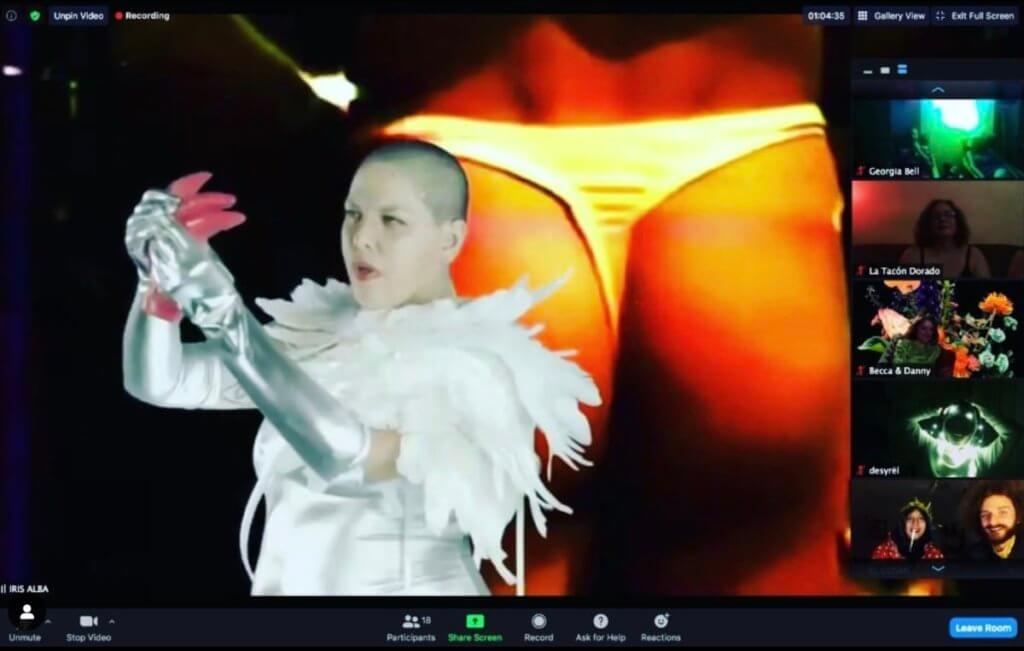
Photo: Coaxial.
Carmina Escobar (Los Angeles, CA) – Cantadora, Shamana de Cabaret
Co-commissioning partner: Los Angeles Contemporary Exhibitions (LACE; Los Angeles, CA)
Cantadora is a series of site-specific actions that seek to explore the idea of syncretic identity as well as themes of loneliness, escape, desire, and confrontation. The work engages the spirits of the dead lodged in the body, its ghostly lovers, examining the consequences of these historic-cultural processes in the body and the way we relate to each other through landscape and private and social spaces. Funds will help pay fees for artists and collaborators from Los Angeles and Mexico, as well as materials of the costumes, which are the main experimental sound instruments for the performance.
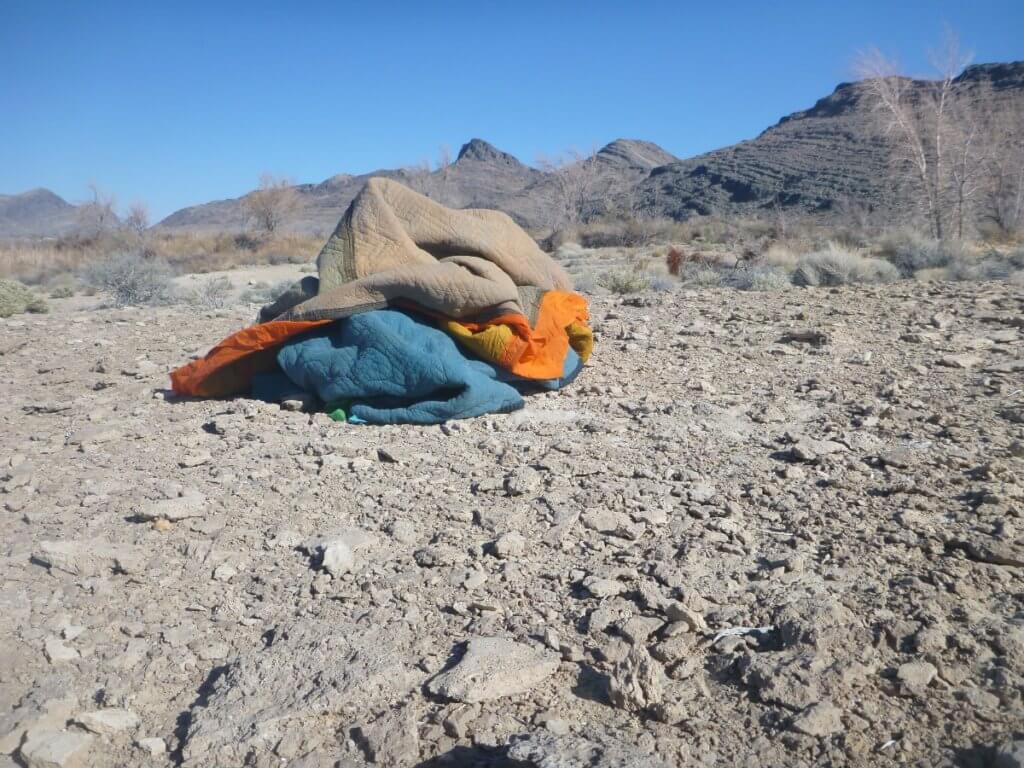
Meg Foley (Philadelphia, PA) – Blood Baby
Co-commissioning partner: Velocity Dance Center (Seattle, WA)
Blood Baby is a multiformat performance project that explores queer and trans family formation, gender identity, and sexuality from a somatic perspective, in relationship to earthly belonging and geologic time. In a development residency at Velocity Dance Center, Foley and collaborators will conduct creative research and development on "Communion,” a text-based, gently participatory performance aspect of Blood Baby. This residency will include queer and trans family community relationship-building activities, and funds will pay artistic fees, travel, housing, and shipping, as well as expenses for the “Queer Parent Convenings.”

Lisa E. Harris (Houston, TX) – D.R.E.A.M. (Diffraction + Restoration + Electromagnetic Analogue of Mass) = A Way to AFRAM
Co-commissioning partner: DiverseWorks (Houston, TX)
D.R.E.A.M = A Way to AFRAM is a formulaic method of representing the expansion of the Universe to reveal safe spaces for all Black Beings to Be in their Black Bodies. Considering two dream spheres colliding—Black people resting in peace merging with Sounds of the Earth’s Dreams—Li Harris conducts an immersive performance installation research lab that transcends a sleep-inducing practice to explore the possibilities of optimal restoration and transformative dreaming occurring synchronistically. Using video projections, sound and movement-based land/blood acknowledgments, and a suspended 11-foot black contrabass chime, Li calculates a freeway to AFRAM, African-America. Development funds will directly support artist and collaborator fees for travel research and post-production, as well as childcare for two children in the production.
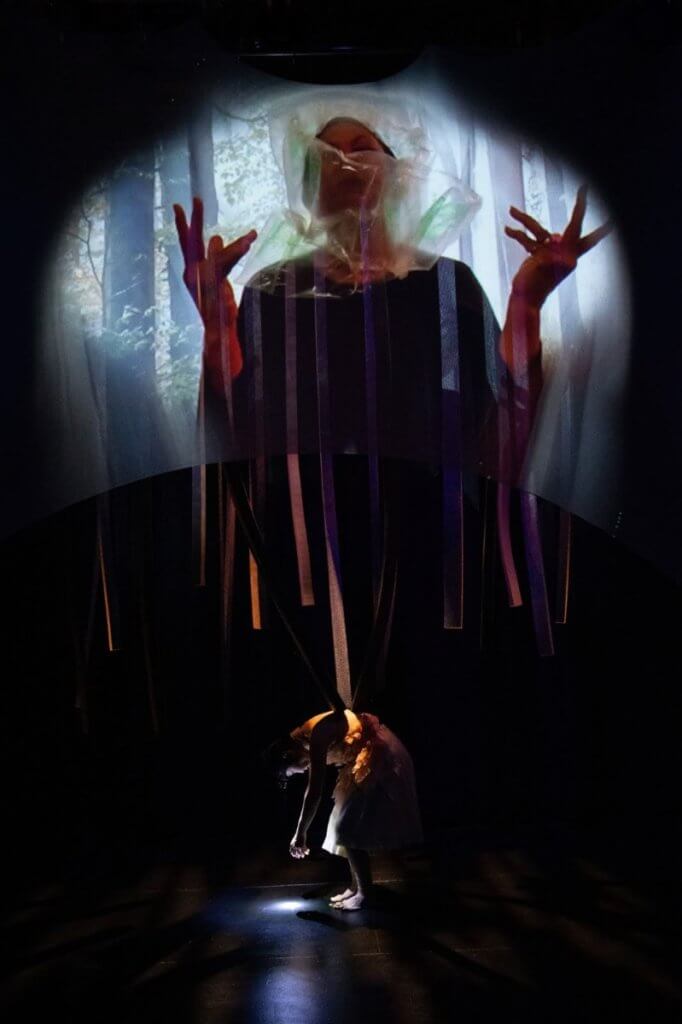
Juni One Set (Brooklyn, Colorado Springs, and Seattle) – Boy mother / faceless bloom
Co-commissioning partner: Contemporary Arts Center, Cincinnati (Cincinnati, OH)
Threading mythology and autobiography, while drawing from the diverse lineages of queer, anticolonial, and care-based artistic practices, Boy mother / faceless bloom is a new interdisciplinary performance work by Juni One Set (artists Eddy Kwon, Senga Nengudi, and Degenerate Art Ensemble’s Haruko Crow Nishimura and Joshua Kohl). Dance, music, poetry, ritual, and sculptural installation converge to tell a story of transformation, transgression, and the formation of new trancestral lines. Funds will support revision and development, including rehearsals to evolve elements of the performance; studio time to review music, costumes, and props; and lighting and stage set adaptations to make the work more adaptable to future venues.
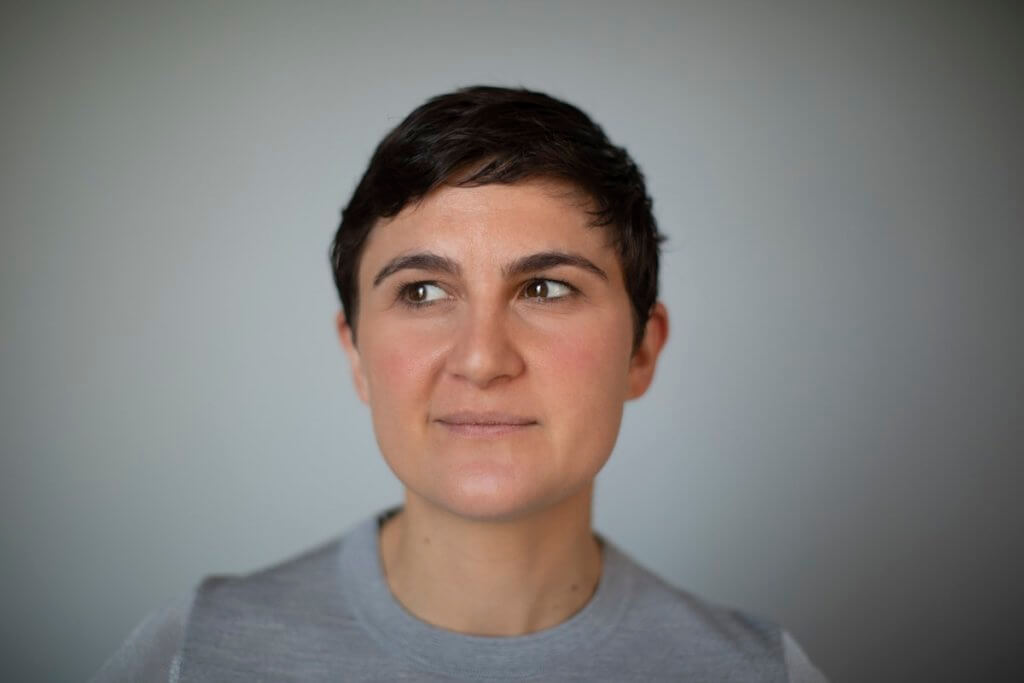
Anne Leilehua Lanzilotti (Honolulu, HI) – ahupua'a
ahupuaʻa is a new string quartet for Argus Quartet by Kanaka Maoli composer Anne Leilehua Lanzilotti. The work’s subject is the Hawaiian concept of “ahupuaʻa,” which explores community and land division. Through radical Indigenous modernity, ahupuaʻa seeks to decolonize the senses to reclaim Hawaiian language and the way it changes how one views the world. Funds will be used to make a professional recording of the new musical work and will go toward fees for the audio engineer and the quartet.
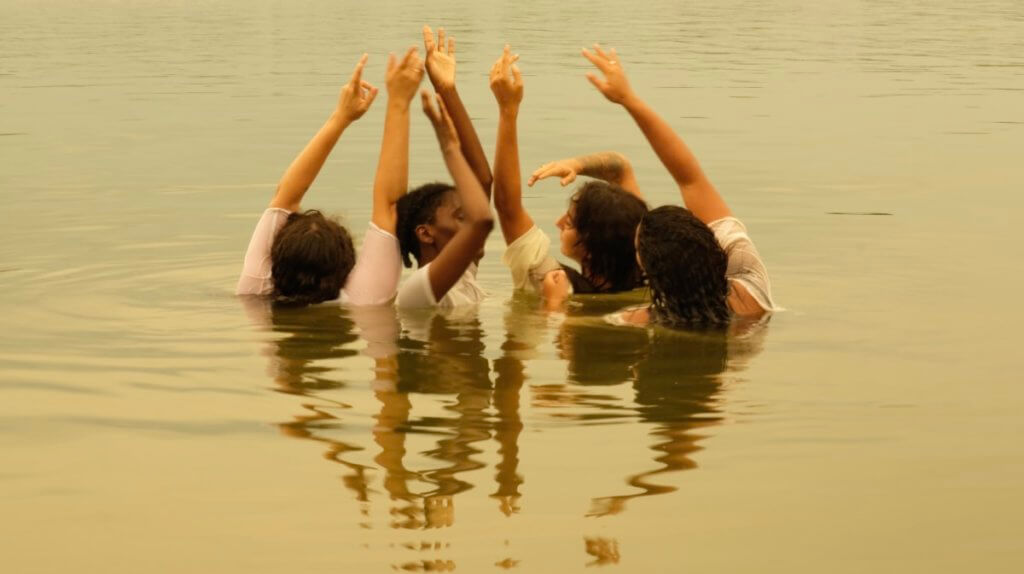
LeilAwa / Body Watani (Minneapolis, MN) – TERRANEA: hakawati of the sea
Co-commissioning partner: Arab American National Museum (Dearborn, MI)
TERRANEA: hakawati of the sea is a performance unearthing roots buried in dancing diasporic bodies to reflect on notions of home while simultaneously asking, “What do the waters of the Mediterranean Sea remember?” In blurring researched realities and mythology-making, TERRANEA examines Palestinian experiences of occupation, refugee crisis (of land and sea), and Mediterranean politics around migration, refugees, and inventions of nation/borders within this body of water—only to depart into dream. Development Funds will support wages for a new Body Watani Dance Project manager; translation of the work into Arabic to increase artistic reach through language; and fees for local dancers from Dearborn.
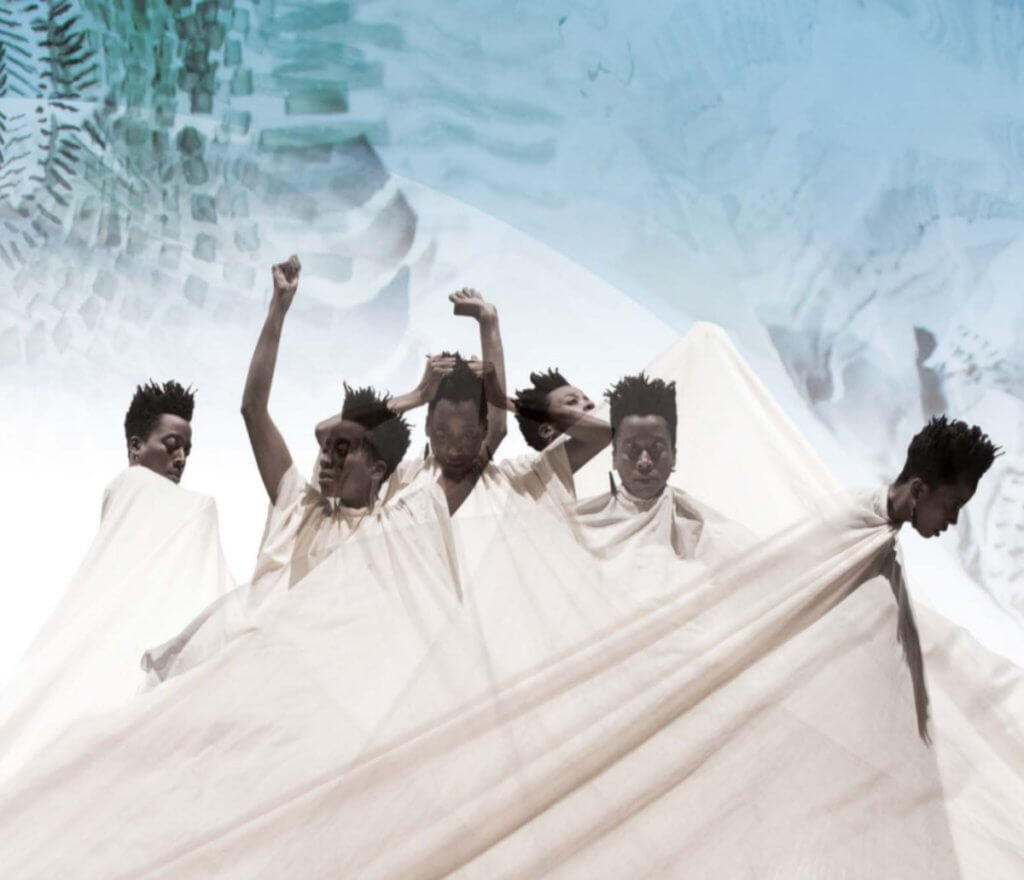
MKArts (Columbia, MD) – Hoptown
Co-commissioning partner: Pennyroyal Arts Council Alhambra Theatre (Hopkinsville, KY)
MKArts’s Hoptown by MK Abadoo is an immersive dance performance that seeks to envelop witnesses in the sistering methodologies of Black girls and women thriving each other over generations. It is inspired by the near-parallel lives of two women from Abadoo’s ancestral hometown of Hopkinsville “Hoptown,” Kentucky: her mother, Regina Bowden, and Black feminist writer bell hooks. Funds will support two on-site community-based and creative residencies in Hopkinsville, KY, and two weeks of intensive rehearsals in the fall. Both residences will include work-in-progress sharings and Sistering Circles—workshops that provide cross-generational community-building among core partners of the project.
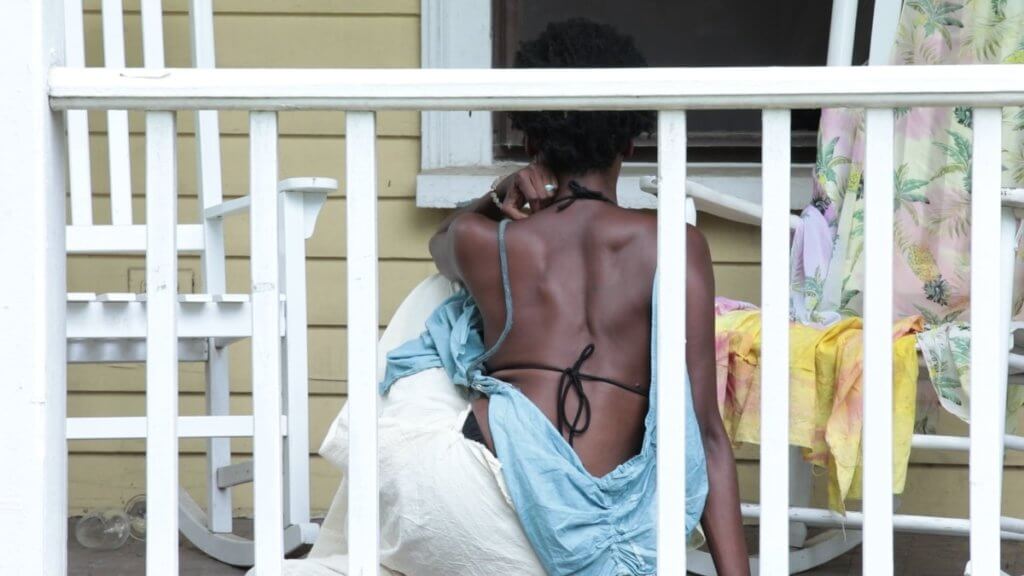
Urban Bush Women (Brooklyn, NY) – Haint Blu
Co-commissioning partner: Junebug Productions (New Orleans, LA)
Haint Blu is a new ensemble dance-theater piece from Urban Bush Women, shepherded by the company’s Co-Artistic Directors, Chanon Judson and Samantha Speis. Named for the color that Southern families paint their front porches to ward off bad spirits, Haint Blu aims to use performance as a source of supporting wellness. The project will tour to communities nationwide in a series of site-specific performances, tailored through residencies and community engagement activities to each partner community. Funds will support a creative investigation and community-building residency in New Orleans with co-commissioner Junebug Productions.
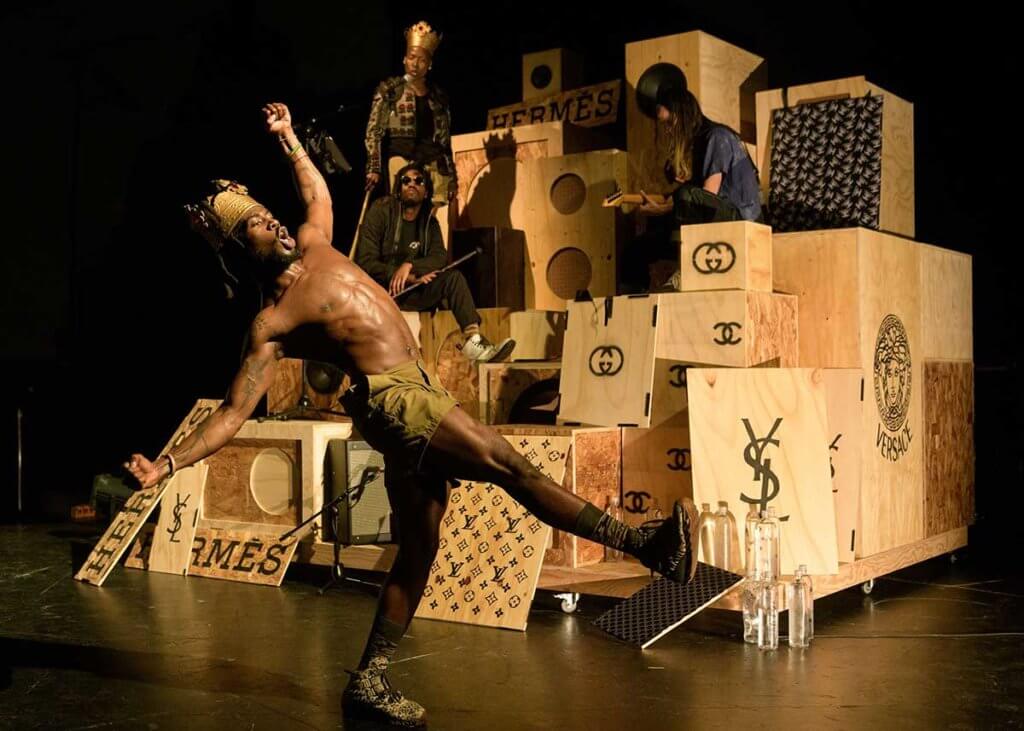
Shamar Watt (Homestead, FL) – Mi Yawd ‘black silence’
Through repurposed archival footage, live performance, ethnographic dance on film, and experimental cinema, Mi Yawd embodies the spirit of resistance of Jamaica and its people. Lead artist Shamar Watt is a Jamaican American who proudly traces his heritage to the maroons of Jamaica, Africans who rebelled against British colonialists on the island in the 18th century. It is this spirited lineage he seeks to give form to in this new work through cutting-edge choreography and cinema. The funds will be used for managerial, artistic, and technical costs for the development of the work, including work-in-progress showings and travel to Jamaica to connect with maroon and other communities there.
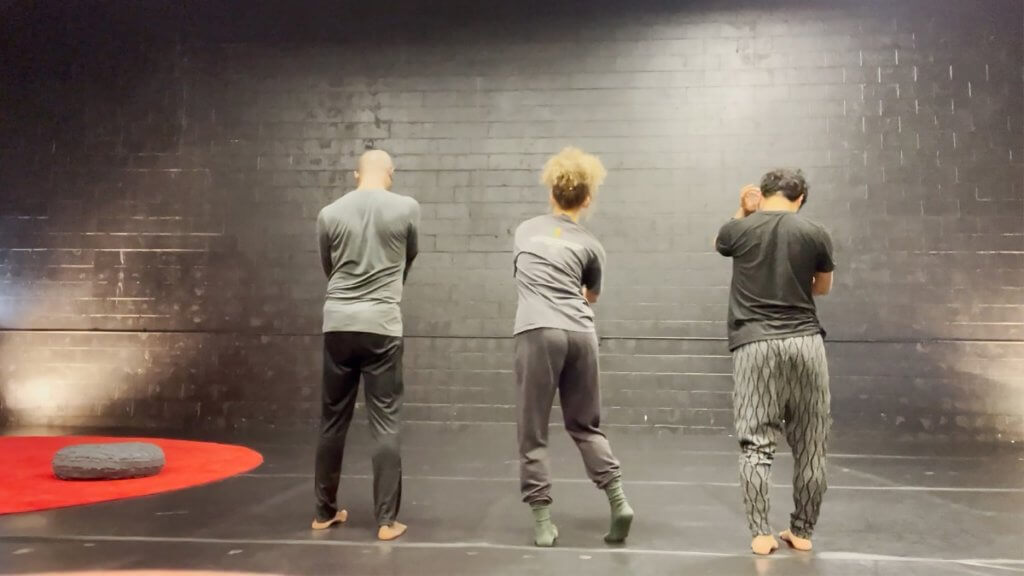
Takahiro Yamamoto (Portland, OR) – NOTHINGBEING
Co-commissioning partner: Portland Institute for Contemporary Art (PICA; Portland, OR)
NOTHINGBEING is a collaborative dance performance project by Portland-based choreographer Takahiro Yamamoto and artists Samita Sinha, Anna Martine Whitehead, and David Thomson. NOTHINGBEING investigates ways to embody and expose the presence of nothingness in order to acknowledge spaces we easily dismiss and to consider possibilities for the unity of the self and the other. NPN Development funds will be used for artist fees, travels and per diem, housing, and necessary production costs for a technical and rehearsal residency at PICA in August 2022.